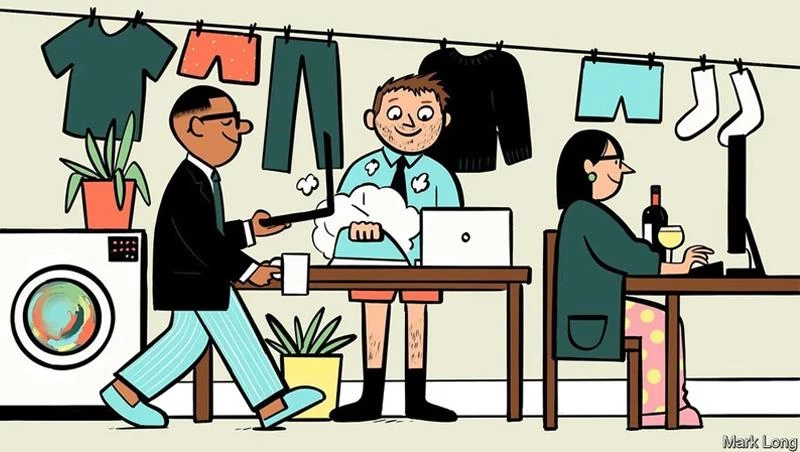Office re-entry is proving trickier than last year’s abrupt exit

Eight years ago Google’s then finance chief, Patrick Pichette, recalled being asked how many of the tech giant’s employees telecommuted. His answer was simple: “As few as possible.” Despite the fact that Google was busy churning out apps that enabled remote work, his comment was also unremarkable. From Silicon Valley and Wall Street to the Square Mile in London, La Défense in Paris, Potsdamer Platz in Berlin and Hong Kong’s Central, the world’s business districts welcomed millions of office grunts every workday. Congregating in one place was believed to spur productivity, innovation, camaraderie. It enabled bosses to keep a beady eye on their underlings. Work from home was something to be done only if it absolutely couldn’t be avoided.
In March 2020 it suddenly could not. The covid-19 pandemic forced governments around the world to impose strict lockdowns. Overnight, most of the world’s offices became off limits. To survive, companies everywhere embarked on a gigantic experiment in home-working. City workers swapped suits for jogging trousers and city-centre flats for the suburbs. In a corporate change of heart that typified the era, Google gave each employee globally $1,000 for home-office furniture, offered them virtual fitness videos and cooking lessons, and urged everyone to “take good care of yourselves and one another”...
The Economist: Office re-entry is proving trickier than last year’s abrupt exit


